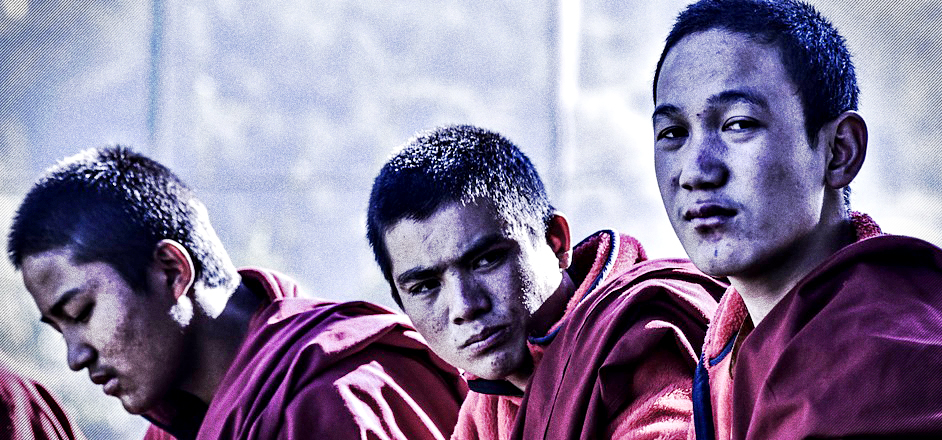Bhutan, a land shrouded in mystery, is a small part of Asia that has been cut off from the outside world since before the 1960s. And because of its seclusion, it was never discovered by the younger generations in Bhutan that the pig feed they’ve been using is special. You see, there in Bhutan, pigs don’t necessarily fly, but they do get high.
The porkers are getting lifted on the traditional pig feed in Bhutan, which is said to be legendary in its fattening properties — because it gives them the munchies. For generations, the local Bhutanese people have been feeding their pigs on weeds that grow wild all over the countryside, which, turns out, is lots and lots of cannabis.
The strangest revelation about the fields of cannabis in Bhutan, however, is that until recently, no one smoked it. It was only after the legalization of television in 1999 that the idea of smoking it came to the area. After seeing Cheech, Chong and Seth Rogen's exploits on this newfangled device, the Bhutanese youth realized the village pigs might be the ones having all the fun.
And as kids do, the youth took to smoking the cannabis with a kind of enthusiasm the rest of the word has known for centuries.
Since then though, the Bhutanese government reports an alarming increase in cannabis being smoked by younger generations. Recreational harvesters now pick the flowers under the cover of darkness, as cannabis use is disapproved of in Bhutan.
In 2002, an International Narcotics Control Board report described that the Bhutanese government had attempted to eradicate marijuana — even, ironically, burning entire fields of cannabis to get rid of it. Yet there is so much growing wild there, it’s near impossible to completely get rid of it.
Unlike the hemp growing wild still in some parts of the U.S as a relic of hemp fabric production, which has no THC and would only give you a headache if you smoked it, these types of local cannabis plants are seriously potent by comparison. Bhutanese marijuana is a narrow-leaf drug biotype that packs quite a punch. The Thimphu cannabis looks like your typical South Asian sativa, but botanists have now agreed that it is actually a subtype of C. sativa Sp. indica, which creates a relaxing cerebral high.
As it’s described, Thimphu cannabis tastes sweet and sour, with an earthiness that hangs around in the throat afterwards. It has been used as a basis for cannabis commercially sold in Amsterdam and the U.S. You can puff away the day with this stuff and still feel great. It also supposedly gives users mega munchies, a trait the fattened pigs in Bhutan could likely attest to.
No one really knows exactly why people in Bhutan hasn't traditionally smoke their local weed before, unlike every other country in the Himalayan region where marijuana grows. In the neighboring countries of Nepal and Tibet, it’s common to see old traditionalists smoking huge blunts the size of a baby’s forearm. Not so in Bhutan; and the world may never know exactly why the Bhutanese didn’t light up the blunts for generations, as most of Bhutan’s sparse historical records were destroyed in a fire in 1827.
Some say there is absolutely no mention of cannabis use in Bhutanese traditional medicine, while others dispute that the local medicine men were notoriously reluctant to reveal trade secrets. There are reports amongst the Bhutanese that there was a tradition of extracting hash from the plant by beating the marijuana leafs against a drum. The resulting hash was then administered like medicine.
There also appears to be evidence that smoking marijuana was actually stopped in Bhutan during the 17th Century by the ultra-religious regime that ruled the isolationist Bhutanese state. Their strong stance against intoxicants may explain why smoking cannabis dropped out of favor almost entirely, until television brought it back from the brink.



Leave a Reply